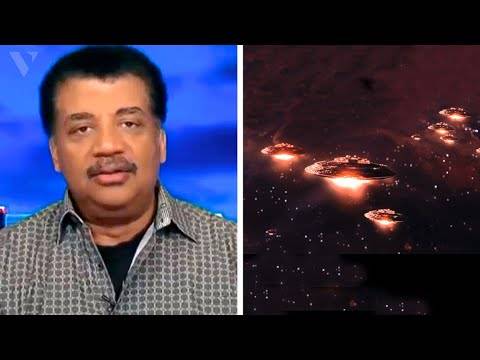
Astrophysicist Neil deGrasse Tyson has made a significant revelation, stating that Voyager 1, a spacecraft launched by NASA in 1977, has detected 775 unidentified objects passing through space. This groundbreaking finding has sparked curiosity and excitement in the scientific community.
Voyager 1, known for being the farthest human-made object from Earth, was initially sent to study outer planets in our solar system. However, as it continued its journey, it surpassed these planets and headed into interstellar space.
Since then, it has been scanning its surroundings and transmitting valuable data back to Earth.
According to Tyson, the recent data sent by Voyager 1 has unveiled the presence of these mysterious objects, which have not yet been classified. While it is not uncommon for spacecrafts to detect and study unknown celestial bodies, the sheer number of these objects has raised eyebrows. This discovery poses intriguing questions about their origins and nature.
Tyson emphasized the importance of further investigation into these unidentified objects.
The scientific community is eager to determine whether they are natural occurrences, such as comets or asteroids, or if they are of artificial origin. The possibility of extraterrestrial involvement has also been considered, although Tyson emphasized the need for scientific rigor in assessing such claims.
The data sent by Voyager 1 provides some preliminary insights into these objects. The spacecraft's instruments have detected their presence based on various characteristics, such as size, velocity, and trajectory.
The article is not finished. Click on the next page to continue.








